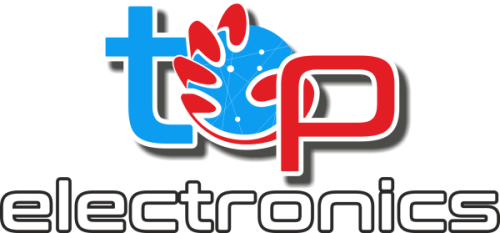2105317216
Δε-Πα 9 π.μ.- 5 μ.μ.
Σα 10 π.μ. - 2 π.μ.
6974175618
Δε-Πα 9 π.μ.- 5 μ.μ.
Σα 10 π.μ. - 2 π.μ.
Email info@topelectronics.gr
Διεύθυνση
Αιγάλεω, Θηβών 457
- Προβλήθηκαν Πρόσφατα
Λογαριασμός
Επικοινωνία
- Αιγάλεω, Θηβών 457
- 2105317216
- 6974175618
- Δευ.-Παρ. 9.00 - 17.00
- Σαβ. 10.00 - 14.00
- info@topelectronics.gr
- Προβολή στον χάρτη
© 2018 - 2022 Top Electronics. Κατασκευή eShop CS-Cart Hellas
Πολιτική Cookies
Αυτός ο ιστότοπος χρησιμοποιεί cookies. Χρησιμοποιούμε αυτά τα cookies για να κάνουμε τον ιστότοπο να λειτουργεί σωστά για εσάς. Δείτε περισσότερες λεπτομέρειες στη σελίδαΌροι Χρησης
Αναλυτικά τα cookies τη σελίδας μας για να δημιουργήσουμε την καλύτερη εμπειρία χρήστη
Ναι σε όλα

.png?1671784274334)
